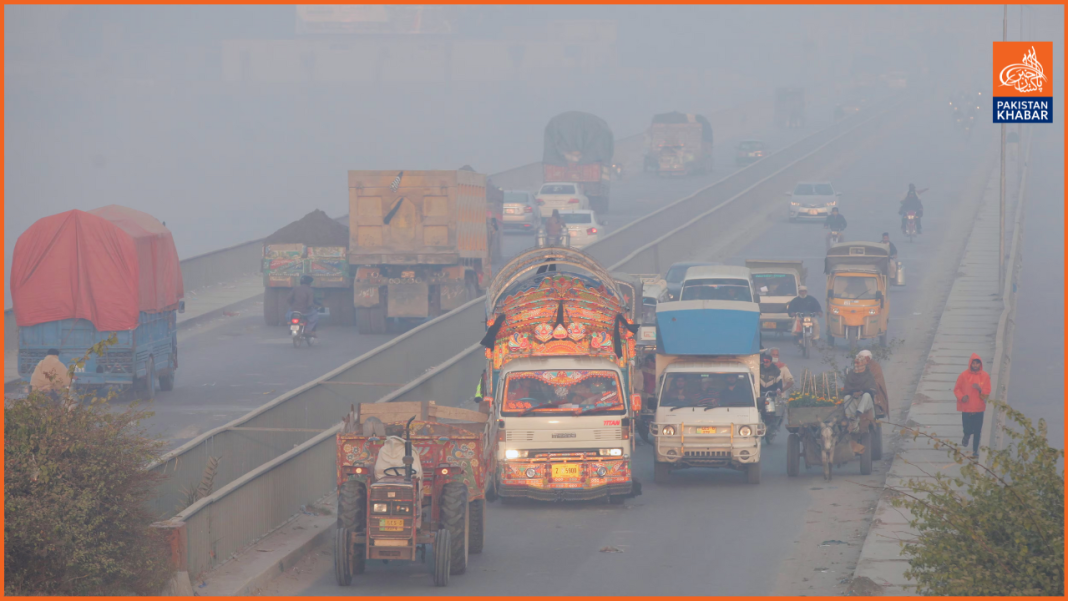Lahore, after experiencing a brief respite from air pollution, has once again been ranked as the world’s most polluted city, according to the Air Quality Index (AQI) on Friday. The sudden deterioration in air quality follows the Punjab government’s decision to reopen schools, colleges, universities, and markets ahead of schedule, following a temporary improvement in the AQI.
Between 7 AM and 8 AM, Lahore recorded an AQI of 502, with varying air quality readings across different areas of the city. The worst-hit locations included Polo Ground Cantt, where the AQI reached 736, followed by Sunder Industrial Estate at 583, Pakistan Engineering Services (Pvt) Ltd at 481, and several other areas with readings above 400.
The AQI measures harmful pollutants like fine particles (PM2.5), larger particles (PM10), nitrogen dioxide (NO2), and ozone (O3). An AQI above 300 is considered “hazardous,” putting residents at serious health risk. Complaints of breathing difficulties, itchy eyes, and general discomfort have surged, with public health concerns intensifying as the pollution worsens.
In response to the worsening situation, Senior Minister Marriyum Aurangzeb announced that a crackdown on environmental violations is underway. Over 1,250 vehicles have been inspected, and 128 have been seized for emitting excessive smoke. Additionally, trucks and trolleys transporting construction debris are being closely monitored, with checkpoints at key city entry points.
Authorities are also ramping up efforts to control pollution at industrial sites, sealing off units emitting hazardous fumes. The government has designated “Green Lockdown Areas,” where stricter measures such as wet sweeping, water sprinkling, and inspections of commercial generators are being enforced.
Minister Aurangzeb urged residents to take protective measures, including wearing masks, to reduce health risks. She stressed that the government’s commitment to tackling air pollution through the ‘Smog Multisectoral Action Plan’ would continue, with a focus on public health and environmental protection.




